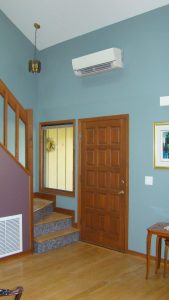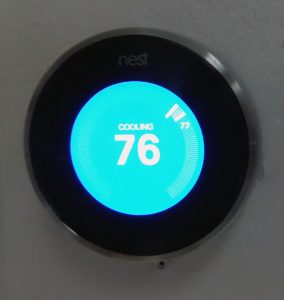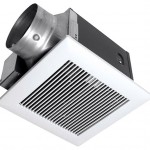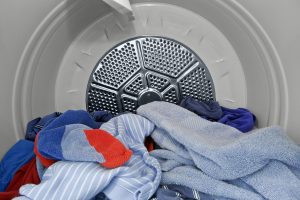
Electric clothes dryers represent 5% (790 kWh) of annual energy use in Florida homes. Clothes dryers with heat pump (HPCD) technology, which use substantially less energy than standard resistance dryers, are relatively new to the domestic market. In eight FSEC project field homes, electric resistance clothes dryers were replaced with a new unvented HPCD. The estimated median energy savings are 34% (264 kWh/year or 0.72 kWh/day), and average annual savings are 36% (308 kWh/year or 0.9 kWh/day).
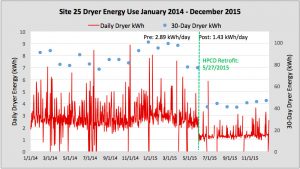
Although HPCDs use less electricity than standard resistance dryers, they still release a significant amount of heat from their operation. The unvented units that were located inside the home led to very high utility room temperatures and increases in space-cooling energy that may compromise identified savings; this is an issue the manufacturer is addressing. Given the heat issues, these unvented appliances are appropriate in Florida only if they will be installed outside of the conditioned space—typically in the garage. We further speculate, based on observed findings, that another technology—vented heat pump clothes dryer—may be the most appropriate dryer system type for Florida conditions.
Measured Performance of Heat Pump Clothes Dryers*
*This paper was presented at the 2016 ACEEE Summer Study on Energy Efficiency in Buildings in Pacific Grove, CA on August 22 -26, 2016.
